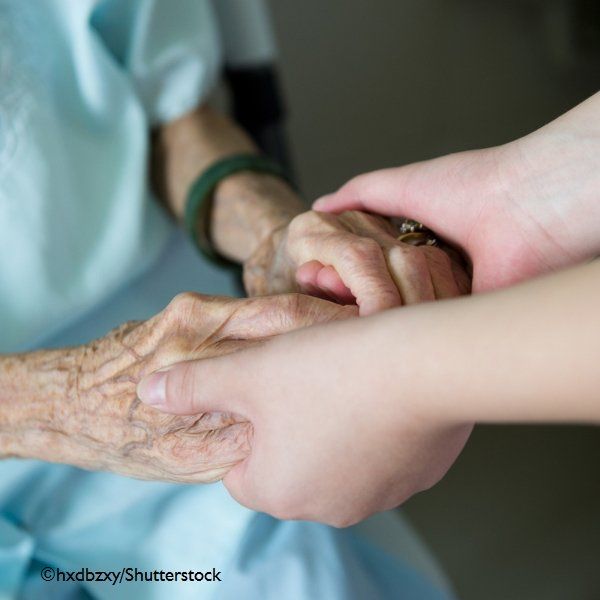Article
New Treatment Guidelines for Antipsychotic Use in Dementia
Author(s):
When agitation and psychosis symptoms are severe, is an antipsychotic medication an option? Not always.
©hxdbzxy/ Shutterstock

When agitation and psychosis symptoms are severe, is an antipsychotic medication an option? Not always. The American Psychiatric Association (APA) has announced new treatment guidelines for the use of antipsychotics for patients with dementia that take into account behavioral and other symptoms that antipsychotics may not address. The APA Practice Guideline Writing Group developed the guidelines and emphasize that medication for dementia should be just one part of a constellation of both drug and non-drug treatments.
Clinical trials have shown little benefit from antipsychotic use for the ever-growing group of elderly patients in whom agitation and psychosis often develop. In addition, the adverse effects (eg, cognitive deterioration, morbidity) often outweigh perceived benefits of antipsychotic use.
With these factors in mind, the guidelines recommend "assessment of psychological and behavioral symptoms of dementia, development of a comprehensive treatment plan, assessment of the benefits and risks of antipsychotics, and judicious use of antipsychotics, including specifics for dosing, duration and monitoring.” With a focus on antipsychotic therapy, it is hoped that the new guidelines will help clinicians, patients, and caregivers make informed decisions.
APA President Renée Binder, MD noted, “While the use of antipsychotics is appropriate for some patients with dementia, it can be difficult to identify the individuals and the specific circumstances. A decision should be made only after thorough assessment and review of potential benefits and harms of antipsychotic treatment as well as other possible treatment options.”
Among the recommendations:
- Non-emergency antipsychotic medication should only be prescribed for dementia when agitation and psychosis symptoms are severe and dangerous enough to cause significant distress to the patient
- A thorough review of the patient’s response to non-drug interventions should be made
- Before treatment with an antipsychotic, the potential risks and benefits should be assessed by the physician and discussed with the patient and the patient’s surrogate decision maker, with input from the family
- Treatment should be initiated at a low dose and eased up to the minimum effective dose
- If the patient experiences significant adverse effects, the risks and benefits should be reviewed to determine if the antipsychotic should be discontinued
- If there is no significant response after a 4-week time period, the medication should be tapered and withdrawn
- In patients who show adequate response to the medication, an attempt to taper and withdraw the antipsychotic should be made within 4 months of starting
- In patients whose antipsychotic medications are being tapered, symptoms should be assessed at least every month during tapering and for at least 4 months after the medication is discontinued
- A long-acting injectable antipsychotic should not be used unless it is administered for a co-occurring chronic psychotic disorder
- If non-emergency antipsychotic medication treatment is to be used, haloperidol should not be used first
The Executive Summary of the guidelines are published in The American Journal of Psychiatry and available at PsychiatryOnline.
Also see: 3 Features of Psychosis






